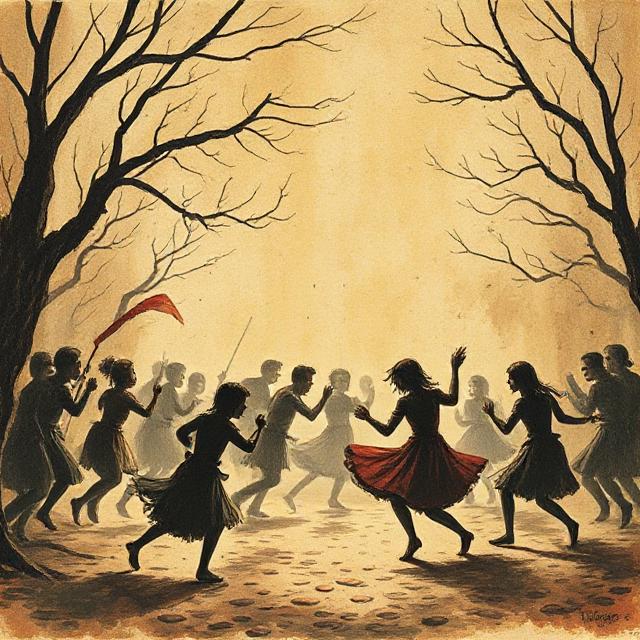Imagine waking up to find dozens of people dancing in the streets — not for joy, but because they couldn’t stop.
This strange episode unfolded in Strasbourg (modern-day France) in the summer of 1518. It began with a woman known only as Frau Troffea, who began dancing in the street. Within a week, more than 30 others had joined her. By the end of the month, hundreds were dancing — many until they collapsed from exhaustion.
Some died of heart attacks, strokes, or sheer fatigue. The city was baffled. At first, local authorities thought the best solution was... more dancing. They hired musicians and cleared halls, believing it was a form of spiritual purge.
That only made things worse.
Modern historians and scientists have debated what caused this so-called Dancing Plague. Theories range from mass hysteria (or mass psychogenic illness), to ergot poisoning (a hallucinogenic mold found on bread), to religious fervor. Others suggest it was a social stress release after famine and disease.
Whatever the reason, the dancing eventually stopped — just as mysteriously as it began. The event remains one of the most surreal examples of mass behavioral outbreaks in human history.
